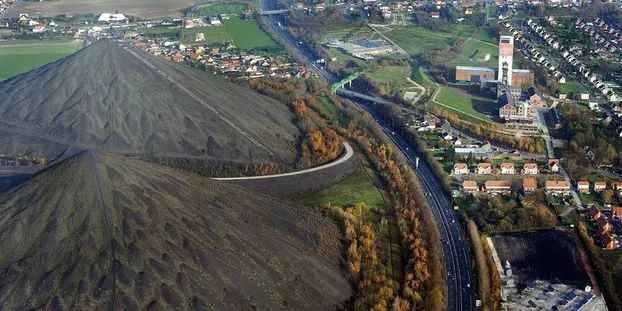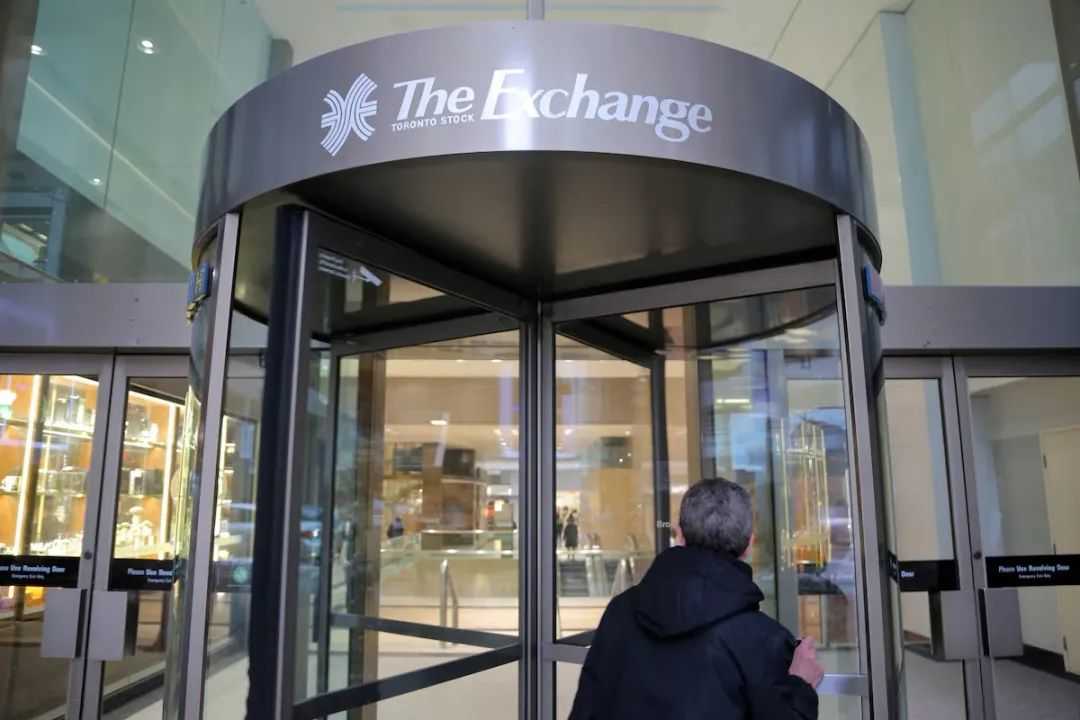German industrial output rebounded more strongly than expected in May, rising 1.2% month-on-month (forecasts had predicted no change). This was driven by robust gains in the auto sector (+4.9%), energy sector (+10.8%), and pharmaceuticals (+10%). Three-month rolling output growth reached 1.4%, signaling a potential bottoming-out. ING noted "growing signs of a cyclical rebound," while Commerzbank projected that "momentum will continue into the second half of the year."
Risks and challenges persist: Short-term pressures include drought-related disruptions to inland waterway shipping, a stronger euro undermining export competitiveness, and fading pre-U.S. tariff stockpiling effects amid ongoing trade tensions. Demand remains weak—May industrial orders fell 1.4% month-on-month, and sluggish euro zone domestic demand is constraining recovery strength. The impact of policy measures, such as government tax relief, will take time to materialize. A key contradiction emerges between manufacturing recovery and soft domestic demand: Capital Economics highlighted stronger-than-expected industrial resilience, but Hamburg Commercial Bank warned that output "remains significantly below early post-pandemic levels."








